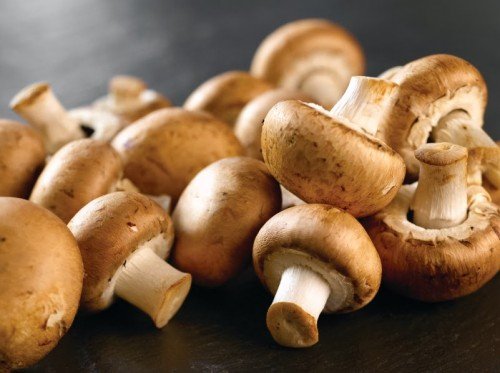Beta Glucan Research
1 min readMedicinal importance of fungal b-(1/3), (1/6)-glucans
Non-cellulosic b-glucans are now recognized as potent immunological activators, and some are used clinically in China and Japan. These b-glucans consist of a backbone of glucose residues linked by b-(1/3)-glycosidic bonds, often with attached side-chain glucose residues joined by b-(1/6) linkages. The frequency of branching varies. The literature suggests b-glucans are effective in treating diseases like cancer, a range of microbial infections, hypercholesterolaemia, and diabetes. Their mechanisms of action involve them being recognized as non-self molecules, so the immune system is stimulated by their presence. Several receptors have been identified, which include: dectin-1, located on macrophages, which mediates b-glucan activation of phagocytosis and production of cytokines, a response coordinated by the toll-like receptor-2. Activated complement receptors on natural killer cells, neutrophils, and lymphocytes, may also be associated with tumour cytotoxicity. Two other receptors, scavenger and lactosylceramide, bind b-glucans and mediate a series of signal pathways leading to immunological activation.
Structurally different b-glucans appear to have different affinities toward these receptors and thus generate markedly different host responses. However, the published data are not always easy to interpret as many of the earlier studies used crude b-glucan preparations with, for the most part, unknown chemical structures. Careful choice of b-glucan products is essential if their benefits are to be optimized, and a better understanding of how b-glucans bind to receptors should enable more efficient use of their biological activities
Click here to view the full study in Mycological Research 111 (2007) 635–652.


